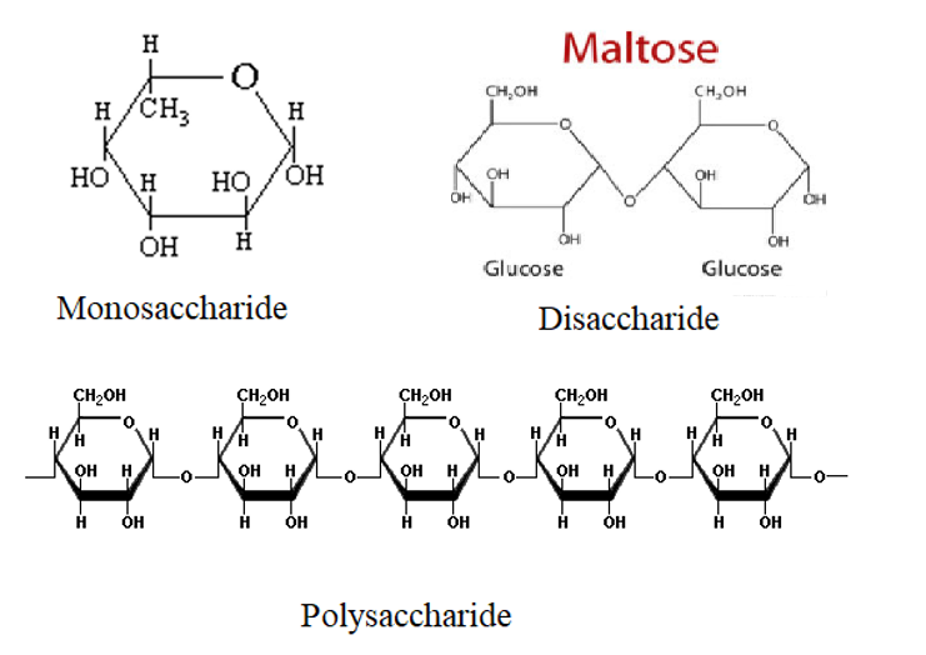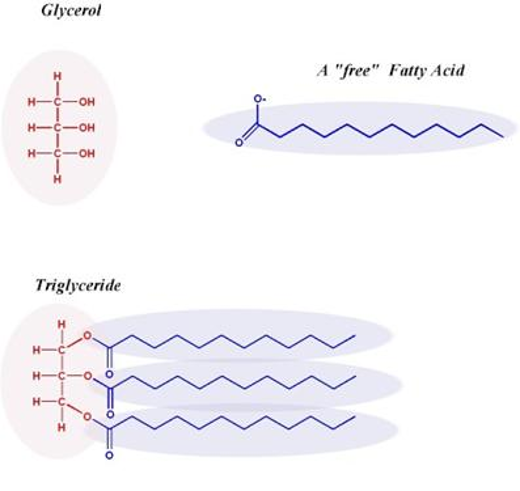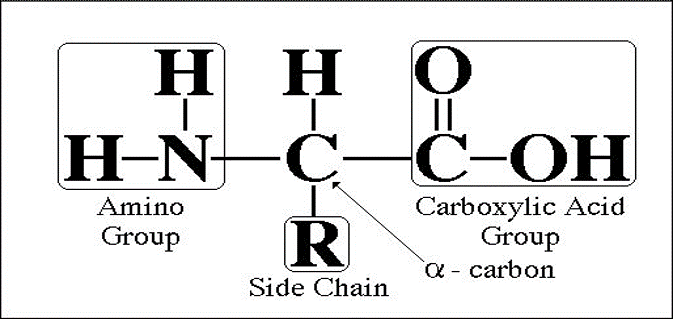Biomolecules are the biochemical molecule present in organisms that are essential in different biological processes.
E.g., carbohydrate, fatty acids | cell division, replication
- Biomolecules include macromolecules such as lipids and carbohydrates, protein.
- Biomolecules are generally endogenous and exogenous.
- Endogenous: produced inside the organism.
- Exogenous: need to be taken such as vitamins.
- Most of the biomolecules are organic compounds.
What is an organic compound?
- Organic compounds are the compound that contains Carbon, Hydrogen, Oxygen, and Often Nitrogen, Phosphorus, and Sulfur.
- Commonly, biomolecules contain four elements: Nitrogen, carbon, hydrogen, and oxygen.
- These elements make up to 96% of the total mass of the human body.
- Carbon is an essential compound because it can form a long chain and help to form a backbone for biomolecules.
Types of biomolecules
- Fatty Acid, Sterols, Monosaccharides, Lipids, Vitamins, Metabolites, Nucleic acids
- Polymers, oligomers, and monomers.
FATTY ACIDS
- These are the building blocks of our body fat.
- Contain a long aliphatic chain.
- Fatty acids are of two types
Based on saturation: saturated and unsaturated.
Based on length: SCFA (short-chain fatty acids), MCFA (medium-chain fatty acids), LCFA (long-chain fatty acids)
- Fatty acid exists as phospholipids, triglycerides, and cholesterol.
Saturated fatty acids:
- No double bond between carbon.
- CH3(CH2)nCOOH
Unsaturated fatty acids:
- Have one or more carbon double bonds C=C.
CARBOHYDRATES
- The term derived from French Hydrate de Carbone.

- Carbohydrates are the organic molecules contain C, H, and O
- The ratio of hydrogen and oxygen is 2:1 (H2O).
- Carbohydrates are the chief source of energy for all living things.
- There are three types of carbohydrate:
- Monosaccharides, Disaccharides, and Polysaccharides.
- Monosaccharides: single sugar compounds e.g., glucose
- Disaccharide: 2 molecules of simple sugar E.g., maltose
- Polysaccharide: 3 or more sugars Also known as complex sugar. E.g., Starch
LIPIDS
- Lipids are the organic compounds of C, H, and O but the ratio is not fixed.

- Fatty acids are the building blocks of lipids.
- Commonly 3 fatty acids combine with a glycerol molecule and form Triglyceride.
- Lipids are the long-term source of energy.
- Lipids help in building cell membranes
PROTEINS:
- Proteins are the organic compound consist of C, H, O, and N.
- Functioning in:
- Structural components in the cell.
- Some proteins work as receptors or messenger.
- Defend against diseases (antibodies).
- Acts as a biological catalyst (enzymes) in biochemical reactions.
- Every enzyme is a protein, but every protein isn’t an enzyme.
- Amino acids are the building blocks of proteins.

- An amino acid consists of a center carbon bonded with H, R (alkyl group), amino group, and carboxylic group.
- Amino acids joined together with a peptide bond to form a macromolecule (polypeptide) or a giant protein.
- There are nine essential amino acids:
Histidine, isoleucine, methionine, lysine, leucine, phenylalanine, valine, tryptophan, threonine.
- Non-essential amino acids (11)
- Arginine, tyrosine, cysteine, glycine, proline, asparagine, glutamine, serine, ornithine, alanine, and aspartate.
NUCLEIC ACID:
- Nucleic Acids made up of C, H, O, N & P
- Contains genetic information (parent to progeny).
- DNA and RNA
- Consisting of the sugar-phosphate backbone.
- Nucleoside are the building blocks of Nucleic Acids
- A nucleoside consists of a phosphate group and a nitrogenous base and 5 carbon ribose sugar.
- Nitrogenous bases are of two types: Purines and Pyrimidine